He worked extensively as a portrait painter, miniature painter and watercolorist, also as a copyist. HJF Berg was born in the trading town of Kopardal on Løkta, in today's Dønna municipality, where his father Anders Berg was a merchant. Mother Susanne Meldal Berhof died early, but her father married a daughter of Bishop Krogh. In 1835, he began training as an artist, first at the Royal School of Drawing and Art in Christiania, then at the Academy of Fine Arts in Copenhagen. In 1838, he returned to Christiania and established himself as a portrait painter. Among the people he represented were Sofie Amalie Bekkevold, wife of Henrik Wergeland, the violinist Ole Bull, the landowner Isach Coldevin and his wife. But the camera eventually removed the foundation for a portrait career, and he traveled abroad to develop as an artist. As early as the 1850s, Berg copied paintings by great masters. He toured famous art museums and copied Rembrandt, Rubens and others. Koipane was exhibited in Stockholm in 1857 and in Christiania in 1861. In 1863 he came to London to learn the measurement of watercolors. In the 1870s, he painted a series of paintings depicting the Sámi environment.
Sources: Falahat, Ann 2007: “Hans Johan Frederik Berg. Watercolorist, copyist and orientalist”; lexicon of Norwegian artists; Online Norwegian Wikipedia.
inscriptions: signed HJFBerg and dated (18)44 on the chair.
Technique: gouache on organic plate, lacquered wooden frame with bronze interior frame.
Dimensions: image l 5" x h 6 1/2" (12.5 x 16.5 cm), framed 8" x 10 1/8" (20.3 x 25.8 cm).
Condition: perfect.













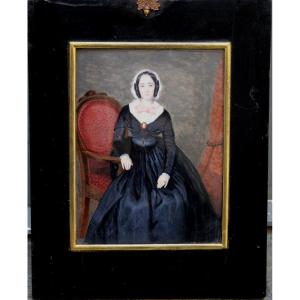













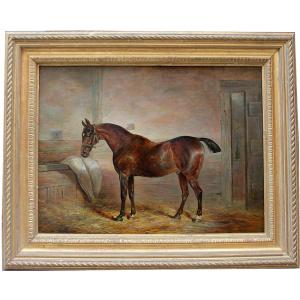


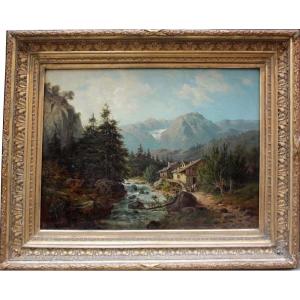





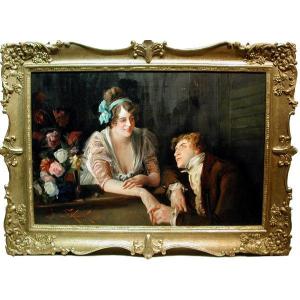
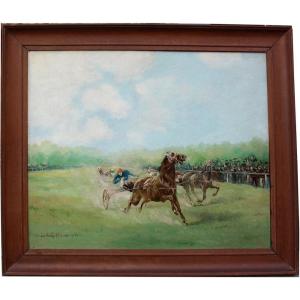
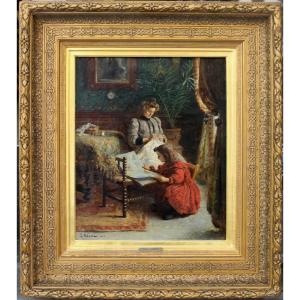
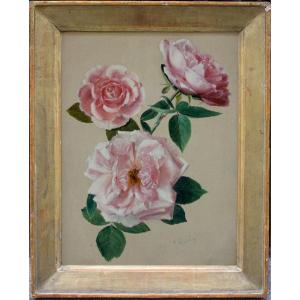

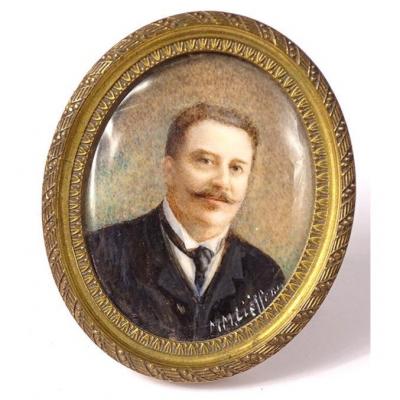

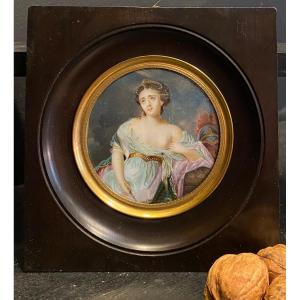




 Le Magazine de PROANTIC
Le Magazine de PROANTIC TRÉSORS Magazine
TRÉSORS Magazine Rivista Artiquariato
Rivista Artiquariato